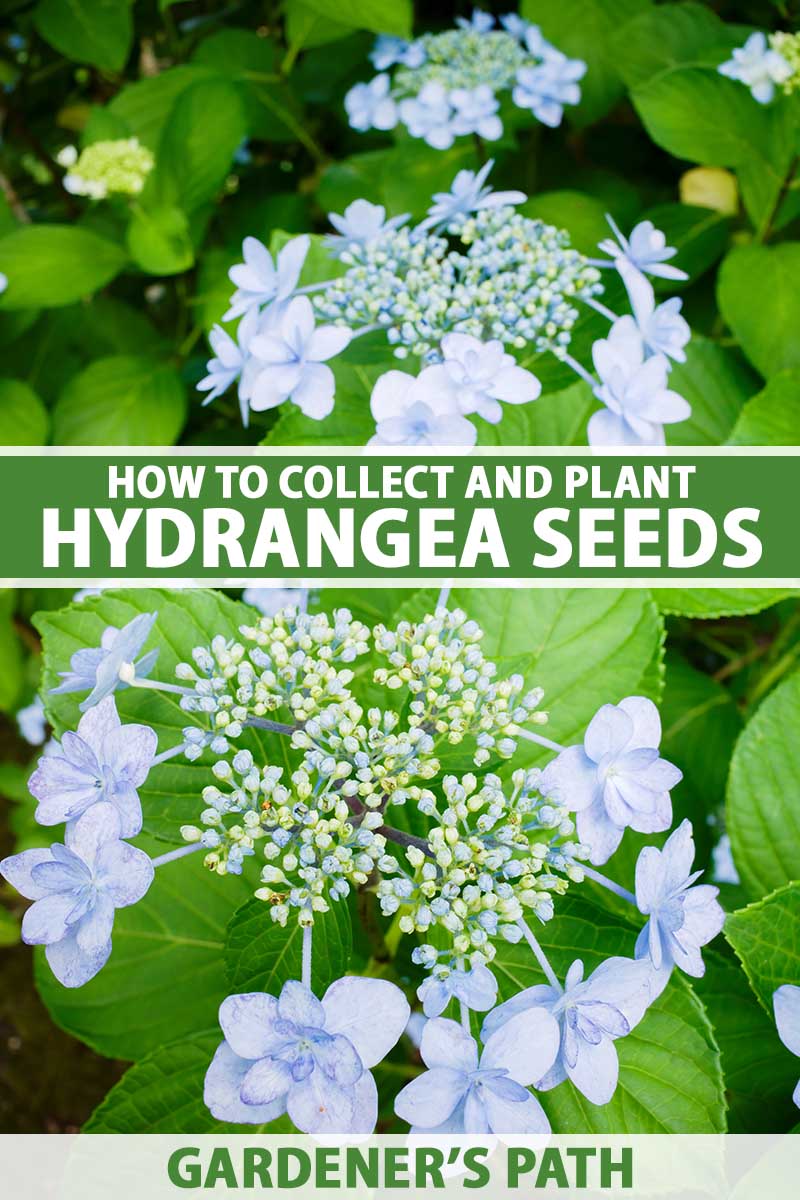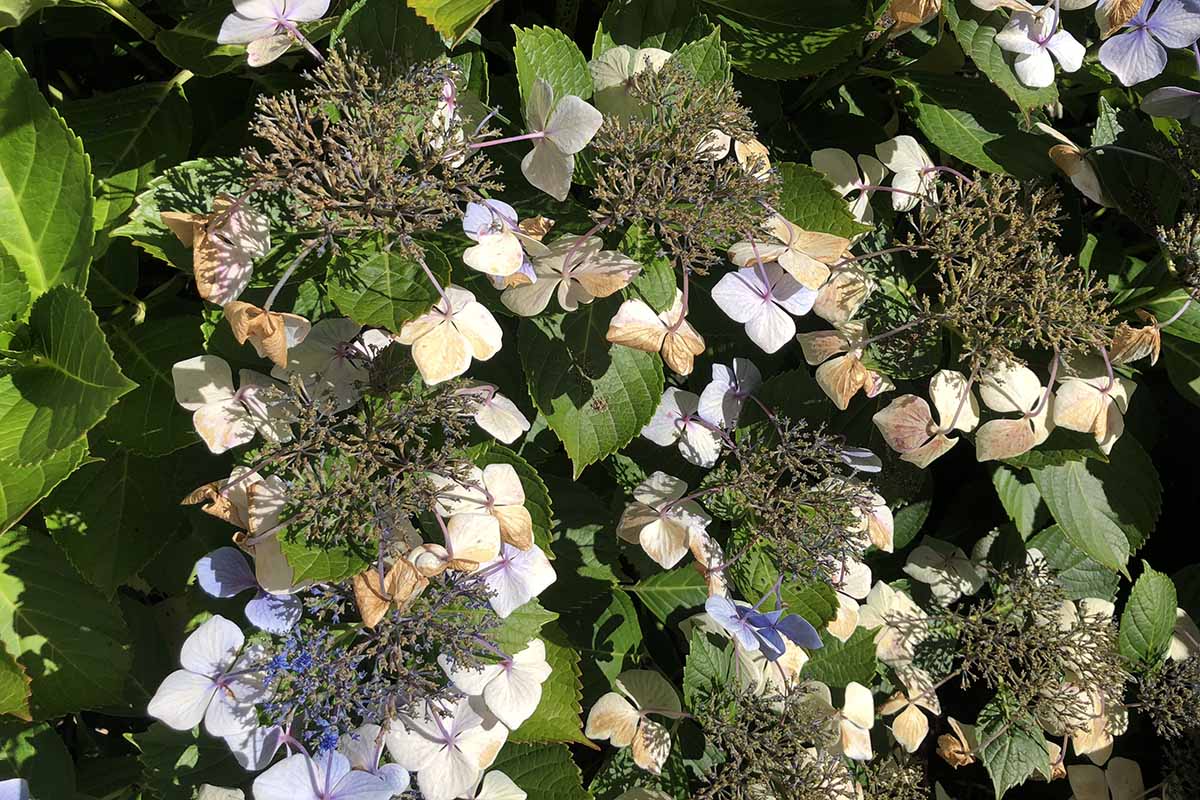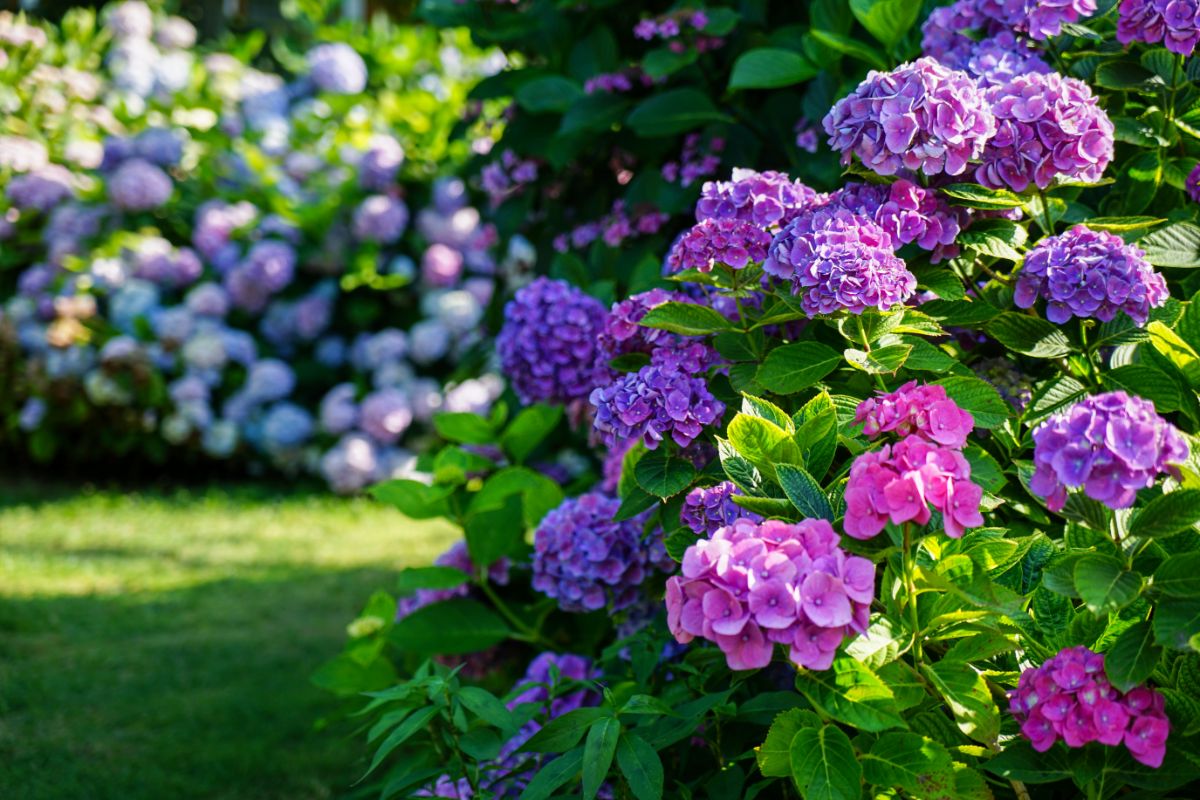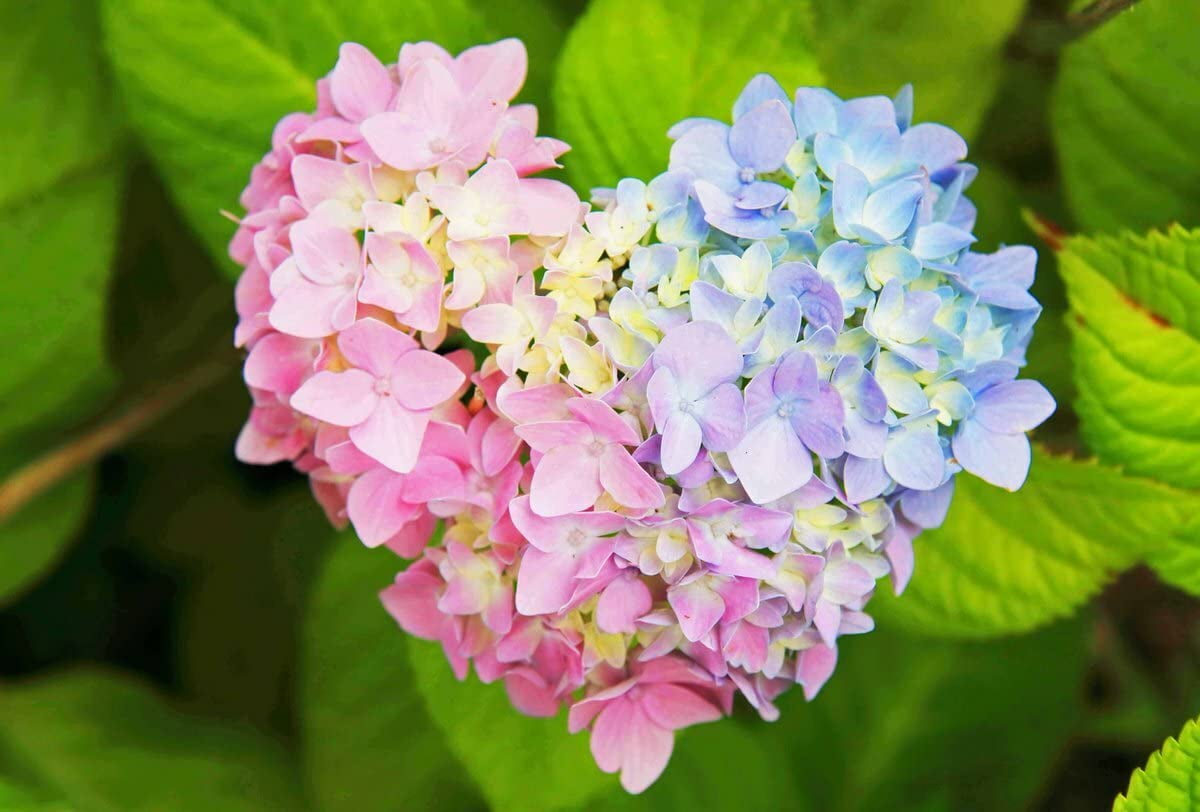Grow Your Own Hydrangeas From Seed: A Stepbystep Guide
Hydrangeas are beautiful flowering shrubs that can add a touch of elegance to any garden. They come in a variety of colors, including blue, pink, white, and purple. And, they're relatively easy to grow from seed.
If you're interested in growing your own hydrangeas from seed, this blog post will provide you with a step-by-step guide.
Step 1: Collect the seeds
The first step is to collect the seeds from your hydrangea plant. This is easiest to do after the flowers have finished blooming. Simply collect the seed heads and let them dry completely.
Once the seed heads are dry, you can remove the seeds. They will be very small, so be careful not to lose them.
Step 2: Prepare the soil
You'll need to prepare a pot or flat of soil for your hydrangea seeds. The soil should be well-draining and slightly acidic. You can use a commercial potting mix or make your own by mixing equal parts potting soil, peat moss, and perlite.
Step 3: Sow the seeds
Sow the seeds on the surface of the soil. Do not bury them, as they need light to germinate.
Water the soil lightly and place the pot or flat in a warm, sunny location.
Step 4: Germinate the seeds
The seeds will take about 2-3 weeks to germinate. During this time, keep the soil moist but not soggy.
Once the seeds have germinated, you can thin them so that there is one plant per pot or cell.
Step 5: Transplant the seedlings
Once the seedlings have grown their second set of true leaves, you can transplant them into larger pots or the garden.
When transplanting, be careful not to disturb the roots.
Step 6: Care for your hydrangeas
Hydrangeas need full sun to partial shade and well-draining soil. They also need regular watering, especially during the summer months.
To encourage flowering, fertilize your hydrangeas with a balanced fertilizer in the spring.
Step 7: Enjoy your hydrangeas!
With proper care, your hydrangeas will bloom for many years to come.
Growing hydrangeas from seed can be a rewarding experience, but it is important to do your research first. The is a great resource for information on how to grow hydrangeas from seed. The website includes step-by-step instructions, as well as tips on choosing the right seeds, preparing the soil, and caring for your hydrangeas.
The also includes a forum where you can ask questions and get advice from other hydrangea growers. If you are serious about growing hydrangeas from seed, I highly recommend visiting the .
FAQ of growing hydrangeas from seed
Question 1: Can hydrangeas be started from seed?
Answer: Yes, hydrangeas can be started from seed. However, it is a more challenging process than starting them from cuttings or divisions. Hydrangea seeds typically take 2-3 months to germinate, and they may not flower for the first 2-3 years.
Question 2: When is the best time to plant hydrangea seeds?
Answer: The best time to plant hydrangea seeds is in the fall or early winter. This will give the seeds time to germinate and establish themselves before the spring growing season.
Question 3: How do I start hydrangea seeds?
Answer: To start hydrangea seeds, you will need to:
- Sow the seeds in a well-draining potting mix.
- Keep the potting mix moist but not wet.
- Place the potting mix in a cool, dark location.
- Germination should occur within 2-3 months.
- Once the seedlings have germinated, you can transplant them into individual pots or into the garden.
Question 4: What are the best conditions for growing hydrangeas from seed?
Answer: Hydrangeas prefer full sun to partial shade and moist, well-draining soil. They are also susceptible to cold weather, so it is important to plant them in a sheltered location.
Question 5: What are some common problems that can occur when growing hydrangeas from seed?
Answer: Some common problems that can occur when growing hydrangeas from seed include:
- Seed failure: Hydrangea seeds can be difficult to germinate, and they may not all germinate.
- Slow growth: Hydrangeas grown from seed may grow slowly at first.
- Pests and diseases: Hydrangeas can be susceptible to pests and diseases, especially if they are not properly cared for.
Image of growing hydrangeas from seed
5 different images of "growing hydrangeas from seed" from Pinterest:
- Hydrangea seeds in a pot. This image shows a small pot filled with hydrangea seeds. The seeds are a light brown color and are scattered evenly over the surface of the soil.

- Hydrangea seedlings in a tray. This image shows a tray filled with hydrangea seedlings. The seedlings are about 2 inches tall and have a few leaves each.

- Hydrangea plant in full bloom. This image shows a mature hydrangea plant in full bloom. The plant is covered in large, colorful flowers.

- A woman's hands planting hydrangea seeds. This image shows a woman's hands planting hydrangea seeds in a pot. The woman is wearing gardening gloves and is carefully placing the seeds in the soil.

- A close-up of a hydrangea flower. This image shows a close-up of a hydrangea flower. The flower is a deep blue color and has a delicate, lacy appearance.

Post a Comment for "Grow Your Own Hydrangeas From Seed: A Stepbystep Guide"